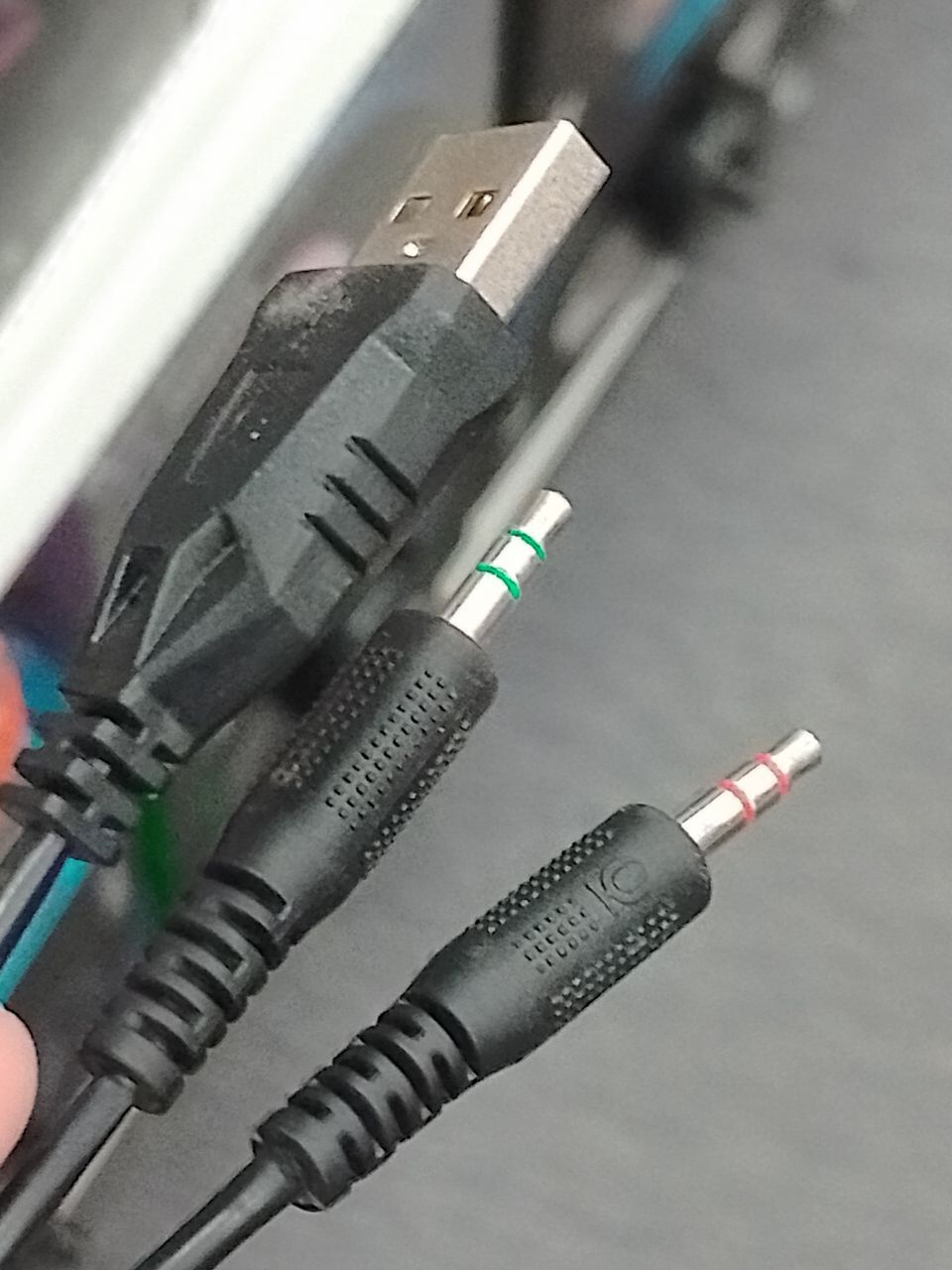this post was submitted on 09 Dec 2023
69 points (100.0% liked)
Technology
37640 readers
128 users here now
A nice place to discuss rumors, happenings, innovations, and challenges in the technology sphere. We also welcome discussions on the intersections of technology and society. If it’s technological news or discussion of technology, it probably belongs here.
Remember the overriding ethos on Beehaw: Be(e) Nice. Each user you encounter here is a person, and should be treated with kindness (even if they’re wrong, or use a Linux distro you don’t like). Personal attacks will not be tolerated.
Subcommunities on Beehaw:
This community's icon was made by Aaron Schneider, under the CC-BY-NC-SA 4.0 license.
founded 2 years ago
MODERATORS
you are viewing a single comment's thread
view the rest of the comments
view the rest of the comments

Sorry Jarfil if I'm being nitpicky :|
These are both the same thing, just viewed from different angles. Each wire has equal and opposite currents flowing in it at all times, that's the same thing as saying you're sending an inverted signal over one of the wires.
Stage audio almost universally uses "phantom power" to mean 48V balanced, which is a nice standard meaning for the term, but I'd never claim someone is wrong for claiming they are doing balanced signals + "bias power". It'd raise an eyebrow (have they made a mistake? it's uncommon) but it's still reasonable, I don't think "bias power" specifically refers to only unbalanced configurations.
Albeit my mind might be poisoned by working with badly translated technical documents all of the time :D
Not exactly. The balanced cable pair is just a loop closed by transformers at both ends, with the pair twisting intended to induce opposite currents which will cancel each other (convert to heat at whatever part of the loop). The signal you send, is the same over both cables at the same time, relative to ground, so it isn't "a signal + the opposite", the interferences are what becomes "interference + the opposite".
Following with the loop from above, "phantom power" is 11-48V power applied by the receiver to the whole loop relative to ground, which gets used to power whatever circuitry is in the mic, and the signal gets sent back as a variation in that.
"Bias power" on the other hand, is a 3 wire connection: ground, a 5-9V positive, and the signal coming back through the third wire.
It's always best to double-check whatever data sheets, but the general difference is that if you hook up a 5V "bias powered" mic to a 48V "phantom power" system, suddenly you get: ground, a wire at +48V, and another wire at +48V. The circuitry prepared for 5-9V, is probably not going to like that.
That's why "bias powered" mics tend to use 3.5 TRS, some come with adapters to 6.35 TRS or XLR that have decoupling capacitors inside, and warn against using simple "dumb" 3.5 to 6.35 adapters or hooking them to a "phantom power" system (... although some systems can automatically disable phantom power when they detect a bias powered mic hooked up, but others don't).
Not necessarily wrong... but it would raise an alarm 🚨 and I'd ask for clarification on what exactly are they doing, just in case they let some magic smoke out.